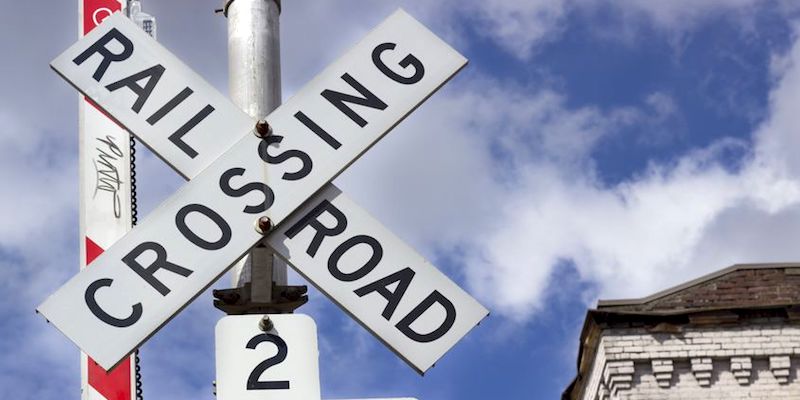Colorado has seen an increase of train-accident-related fatalities over the past decade, with 11 deaths occurring last year.
Human Error Remains the Main Cause
Human behavior, risky human behavior to be precise, is a major contributing factor to both train and car accidents, officials note. Whether it’s failing to abide warning signals at a railroad crossing or by walking or playing near railroad tracks, humans are their own worst enemy when it comes to injuries and deaths involving trains. Despite an intense educational program that was launched last year, there continue to be crashes and deaths. Federal officials are now looking at all options on how to decrease the number of train-related accidents.
Impatient drivers create dangerous situations.
According to a federal analysis released by the Federal Railroad Administration (FRA) on the current state of train-vehicle crashes, driver behavior was the main cause for all accidents occurring at high-rail grade crossings, areas of where a train track cross a roadway. As noted in the FRA report, there were a total of 805 fatalities involving train crashes. Though the number was down slightly from 2017, it was the second highest number of deaths to occur since 2009.
When it comes to train fatalities in this state, Colorado has seen an increase over the past decade. The lowest number of fatalities, three deaths, occurred in 2009, and the highest number, 14 deaths, happened in 2016. Last year, the state experienced 11 deaths due to crashes.
Regardless of numbers, research over the years has shown that 94 percent of grade-crossing accidents occur because of vehicle drivers involved in risky behavior, such as going around railroad crossing gates once they are down, ignoring warning signals altogether, or drivers getting stuck on railroad tracks as they try to beat an approaching train.
Further research also shows that about half of those risky drivers were distracted. That’s why researchers are now looking at new ideas on how to get drivers’ attention so they are more compliant when it comes to railroads crossings and navigating those crossing safely.
Train accidents occur more often than most people think.
If you are among those who don’t believe train accidents happen often, consider this — every three hours a person or car is hit by a train. What’s even more startling, motorists who are involved in a vehicle-train collision are 20 times more likely to be killed than in an accident involving two vehicles.
One reason that number is so high is due to the distance a train will travel even after the emergency brakes are engaged. According to the U.S. Department of Transportation (USDOT), a train traveling 55 mph needs the length of 18 football fields to come to a complete stop.
That’s why it’s so important that drivers and pedestrians pay close attention anytime they near a railroad crossing, and there are some new ideas on how to grab that attention. A few states are now involved in a research study involving automated traffic enforcement using cameras and pavement markings that are placed near a track that light up to alert drivers of a railroad crossing. And, when it comes to pedestrians who walk near railroad tracks, some states are now placing pedestrian crossing gates that lower like the gates to stop cars when a train is nearing a crosswalk.
Railroad safety is a high priority for USDOT. Last year, it launched a three-year safety campaign called “Stop! Trains Can’t” that graphically shows what happens during a vehicle-train collision. And although the results of the campaign won’t be available until 2021, it’s critical that the target audience understands the gravity of train-car collisions as soon as possible. If drivers just obeyed posted traffic laws, especially near and around railroad tracks, it could potentially eliminate this type of traffic accident.

